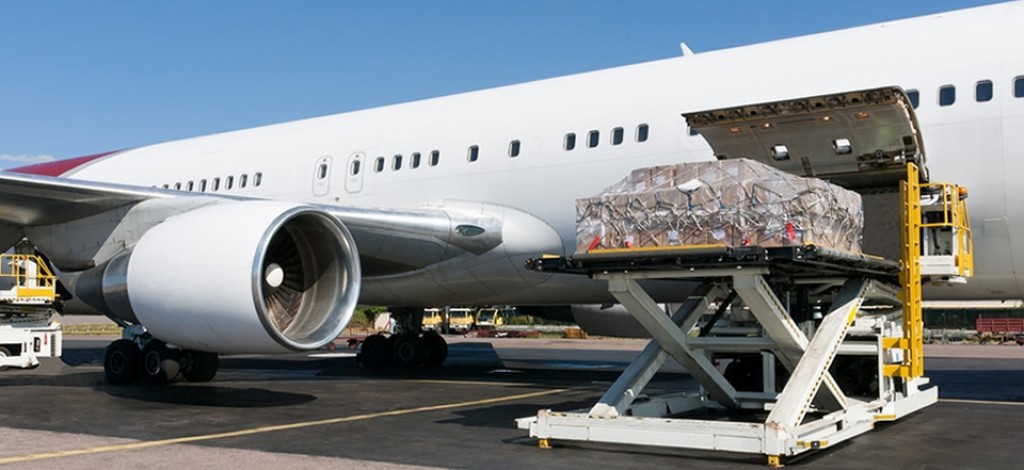
- April 9, 2018
IATA’s strong cargo growth forecast tempered by trade war threat
The medium-term outlook for global air cargo demandremains strong, but the industry is watching several key variables that could have major implications on air freight trends, including how the escalating tariff battle between the US and China might affect shipping patterns.
IATA, in its latest five-year forecast, sees global freight-tonne kilometers (FTKs) growing at 4.9% annually through 2022, bolstered by “a stronger economic and trade backdrop” than industry had during much of the 2013-17 period.
The end of that five-year run was strong: Full-year 2017 demand for air freight grew 9%— twice the pace of the expansion in world trade (4.3%). The start to 2018 has been similarly positive, with global FTKs up 7.7% through February, IATA figures show.
But the steady climb faces a quickly emerging threat: A trade war that could draw in some of the world’s largest national economies. The US and China—the world’s top two single-country economies—have traded salvos that, should both sides follow through, would place tariffs on hundreds of goods, ranging from raw materials to entire aircraft. Thus far, the direct threat to commercial aviation appears purposefully muted, with China, for example, setting very careful parameters that would place tariffs on only certain, smaller US-made commercial aircraft.
This apparent carving-out of aircraft production—China relies on Boeing for about half of its new orders, and large backlogs at both Boeing and Airbus make switching allegiances a costly proposition—leaves air freight as arguably the most threatened sector in commercial aviation.
“After decades of globalization and the breaking down of borders, there is a risk that policymakers continue down a more inward-looking path,” IATA wrote in its forecast, which was released in late March, just as the tariff threats were heating up. “Certainly, recent years have seen politicians embrace more national solutions; the recent imposition of tariffs on steel and aluminum imports by the US are a case in point. Once again, a pick-up in protectionism would weaken the underlying operating environment for air freight in the coming years.”
Analysts’ views vary on how the tariff battle will play out on a sector-by-sector basis. But most agree that the largest general threat is the knock-on effect on the global economy.
“We continue to view the absolute risk level as low, but the potential for rapid escalation of the dispute is concerning,” Canaccord Genuity’s Ken Herbert wrote. “There does remain a broader risk to the macroeconomic backdrop.”
If the tariff troubles amount to little—and right now, China and the US have proposed tariffs, not levied them—air freight’s already strong prospects have even more upside, IATA said. One of the reasons: FTKs have out-grown global trade growth consistently since 2014. The long-term trend has FTKs growing at a pace just under trade growth’s, with spikes during upturns—driven by restocking and other time-critical factors that favor air freight—offset by modal shifts during stable times.
“The bulk of this out-performance has not been explainable by the usual ‘cyclical’ indicators of demand,” IATA said. “This suggests that other factors—potentially the increasing importance of areas such as e-commerce and pharmaceuticals—are helping air freight growth to ‘decouple’ from global goods trade.”
The International Monetary Fund (IMF) sees global goods trade growth averaging 3.9% annually through 2022, up from 3.1% from 2012-17. Real GDP will be at 3.1%, up from 2.8%.
IATA notes that prior to the last global financial crisis a decade ago, goods trade’s annual growth rate would typically be twice that of GDP. Should this pattern resume and air freight maintain its recent pace out ahead of goods trade expansion, the air-cargo market could grow even more quickly than projected.
Source: ATWonline / April 2018
Barcelona Air Route Development Committee
promotes Barcelona Airport intercontinental flight








